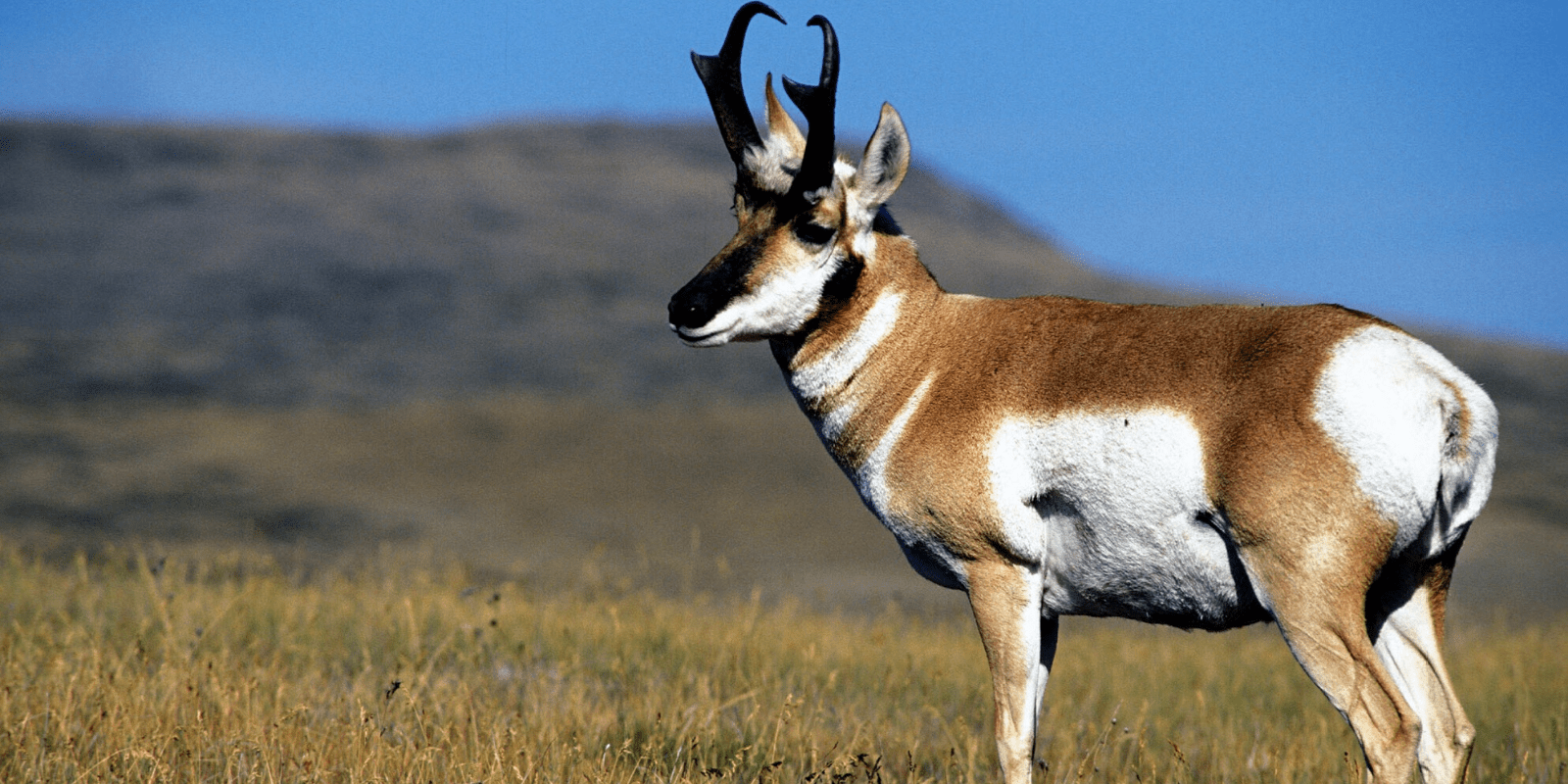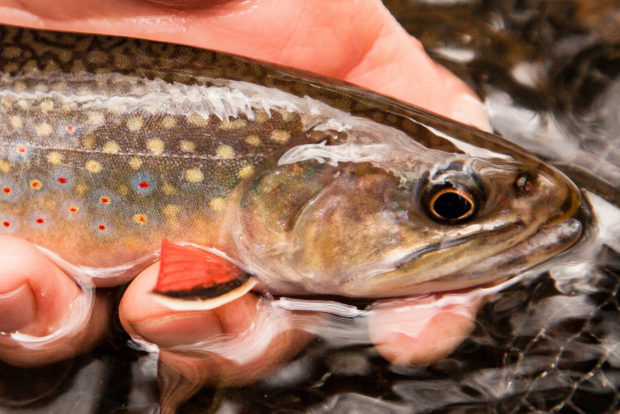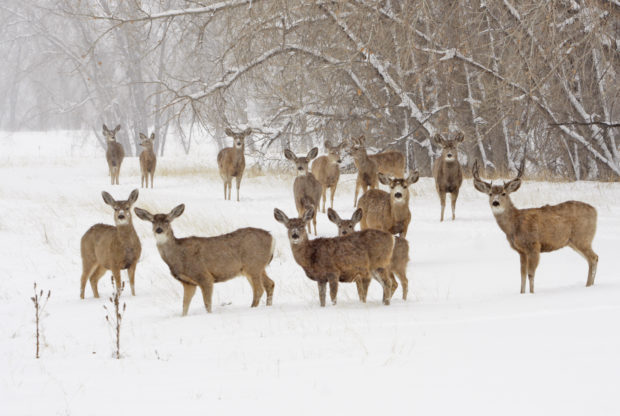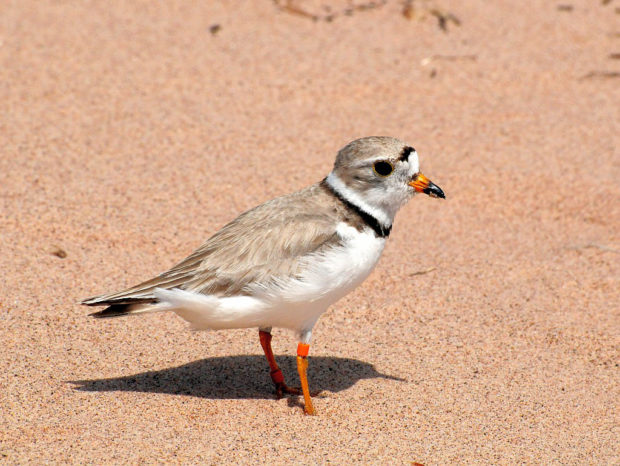We have much more to do and your continued support is needed now more than ever.
Building Infrastructure in the Era of Climate Change

“Infrastructure” is more than a Washington, D.C. buzzword. A well-funded infrastructure package has the potential to positively impact communities and wildlife around the country. In fact, infrastructure investments are crucial to maintaining and restoring healthy ecosystems — places that are on the front lines of protecting communities from accelerating climate impacts, providing abundant and clean water, and growing the economy.What would a wildlife-friendly and climate-smart infrastructure package look like? The Moving Forward Act, recently introduced in Congress, is a good example. The bill includes investments that will improve our crumbling roads and bridges, reduce climate pollution from cars and trucks, and restore climate-absorbing forests, wetlands and more. Plus, it supports enhancing natural areas and safe crossings for wildlife. The examples below outline how an infrastructure package — like the Moving Forward Act — can work for both wildlife and people by reducing emissions and improving resilience.
Support clean energy solutions
There is a pressing need to reduce carbon emissions from the energy and transportation sectors — the transportation sector alone is responsible for the majority of greenhouse gas emissions in the U.S.
Modernizing our electric grid is a good place to start. An electric grid should integrate renewable resources and be able to endure the damage from climate-fueled natural disasters, like hurricanes. It should also build out a climate-smart approach to transportation, including smarter road designs, public and alternative transit options, and investments that encourage cleaner vehicles (including electric vehicles) and cut carbon pollution. Reducing the largest sources of carbon emissions will enable us to reduce the impacts of climate change in the long term — and to reduce climate pollution, and help protect the air and water wildlife depend on. Investing in clean energy is also crucial if we are to reach net-zero by 2050: the emissions reduction goal scientists say is crucial if we are to avoid the worst impacts of climate change.

Brook Trout/Credit: Chesapeake Bay Program
Incorporate natural resources
Forests and floodplains, beaches and grasslands — these are also types of infrastructure, and they provide essential services for people, wildlife and industry. These types of natural infrastructure can provide needed services at a fraction of the cost of constructing, operating, and maintaining traditional “gray infrastructure.” Natural infrastructure can also be used in conjunction with traditional built infrastructure to produce better outcomes; for instance by coupling coastal marshes and sand dunes with structural protections for communities.
In addition to protecting wildlife habitat, natural systems also sequester and store carbon, which reduces the underlying driver of climate change. Research shows that conserving and restoring forests, grasslands, wetlands, and other natural vegetation can result in the absorption of significant amounts of atmospheric carbon. Some agricultural and forestry practices can also increase carbon in soil while boosting soil productivity, and increasing resilience to floods and drought. Natural infrastructure often boosts resilience overall, by buffering communities from the impacts of climate-related hazards, like flooding or erosion.

Strengthen natural resources for wildlife
Wildlife can benefit from infrastructure, too. Fish and wildlife move daily and seasonally to survive, yet the habitats they rely on continue to be fragmented, degraded, or lost altogether. As a result, animals are struggling more and more to reach food, water, shelter, and breeding sites. Wildlife-vehicle collisions exacerbate this problem and, in some cases, are pushing species toward extinction.
Wildlife crossings are a practical solution. They make it safer for wildlife to cross roads, while protecting the safety of Americans. Better habitat connectivity will allow wildlife to migrate and disperse throughout the country with the changing seasons, and ensure species are better able to adapt to our changing climate.
Call on your members of Congress to address the growing impacts of climate change and invest in infrastructure that is ready to meet the challenges posed by an era of climate change.






















